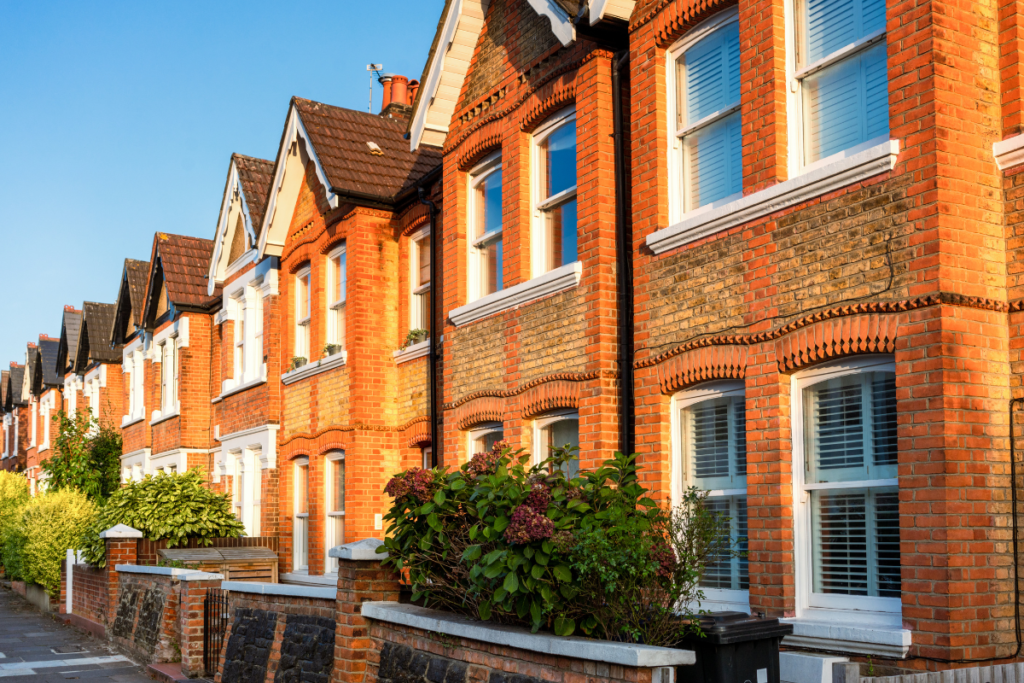Home insurance is essential for protecting your biggest investment—your home. But many homeowners make costly mistakes that leave them underinsured or paying more than they should.
In this article, we’ll cover 10 common home insurance mistakes and how you can avoid them to ensure you’re fully protected.
1. Underestimating the value of your home’s contents
One of the biggest home insurance mistakes people make is underestimating the value of their belongings.
Many people guess or estimate the value of their home’s contents without doing a proper inventory. This can leave you underinsured if you need to replace everything after an event like a fire or theft.
How to avoid it: Create a detailed inventory of your possessions and update it regularly. Use receipts, photos, or videos to document high-value items like electronics, jewellery, and furniture.
2. Not getting enough building coverage
Some homeowners only insure their home for the market value instead of the rebuild cost.
The market value includes the land, but home insurance is meant to cover the cost of rebuilding the house itself. If your home is destroyed, the rebuild cost could be higher than the market value, leaving you with a gap in coverage.
How to avoid it: Make sure your building coverage reflects the full cost of rebuilding your home, not just its market value.
3. Forgetting to update your policy after renovations
If you’ve done major renovations or added an extension, your home’s value will have increased.
Failing to update your policy to reflect these improvements means you could be underinsured. This is especially important for large upgrades like kitchen remodels, loft conversions, or adding a conservatory.
How to avoid it: Always inform your insurance provider after making renovations to ensure your coverage matches your home’s new value.
4. Not having accidental damage cover
Accidental damage, like spilling paint on the carpet or breaking a window, isn’t always covered by a standard home insurance policy.
Many homeowners assume these events are included, but you often need to add accidental damage cover as an extra.
How to avoid it: Check your policy for accidental damage coverage. If it’s not included, consider adding it for extra peace of mind.
5. Choosing the cheapest policy without checking coverage
Going for the cheapest home insurance policy may save you money in the short term, but it could leave you underinsured.
Cheap policies often come with limited coverage, higher excess fees, or strict conditions for making a claim.
How to avoid it: Compare policies based on coverage, not just price. Look for a balance between affordability and sufficient protection for your home and belongings.
6. Not understanding your policy’s excess
Every home insurance policy comes with an excess—the amount you have to pay out of pocket when making a claim.
Many homeowners choose a higher excess to reduce their home insurance premiums but end up unable to afford the excess when something goes wrong.
How to avoid it: Choose an excess you can realistically afford. Balance a reasonable premium with an excess that won’t leave you out of pocket during a claim.
7. Failing to insure high-value items separately
Standard home insurance policies often have limits on how much they’ll cover for high-value items like jewellery, art, or collectibles.
If you own expensive items, relying solely on your standard policy may not provide enough coverage.
How to avoid it: Check your policy’s limits for high-value items. If necessary, add extra coverage or take out a separate policy for these items.
8. Not considering flood or subsidence risks
Many homeowners mistakenly believe their standard home insurance covers all risks, but issues like flooding or subsidence often require additional coverage. In fact, weather damage can impact your home insurance significantly, especially if your property is located in a high-risk area.
How to avoid it: Check if your area is prone to flooding, subsidence, or other weather-related risks, and ensure your policy includes the necessary coverage for these specific threats.
9. Ignoring home security discounts
Insurance providers often offer discounts for homes with added security features like burglar alarms, security cameras, or strong locks.
Many homeowners miss out on these savings by not informing their provider of the measures they’ve taken to secure their property.
How to avoid it: Install security features in your home and inform your insurance provider to see if you’re eligible for a discount on your premium.
10. Not reviewing your policy regularly
Many homeowners get a policy and forget about it, assuming they’re covered for life.
However, your needs change over time, and so do the risks to your home. If you don’t review your policy regularly, you could be paying too much or not have enough coverage.
How to avoid it: Review your home insurance policy annually or whenever there’s a significant change, like home improvements or a change in the value of your possessions.
Final thoughts
Avoiding these common home insurance mistakes will help ensure that your home and belongings are properly protected.
Take the time to review your policy, assess your coverage, and make sure you’re not underinsured or overpaying. By staying on top of your home insurance, you can prevent costly mistakes in the future.
If you’re looking for the right home insurance policy, start comparing home insurance providers today to find the coverage that best suits your needs.
Get a policy that meets your needs
We’ve partnered with some of the UK’s top home insurance brokers to give you the best possible choice.


